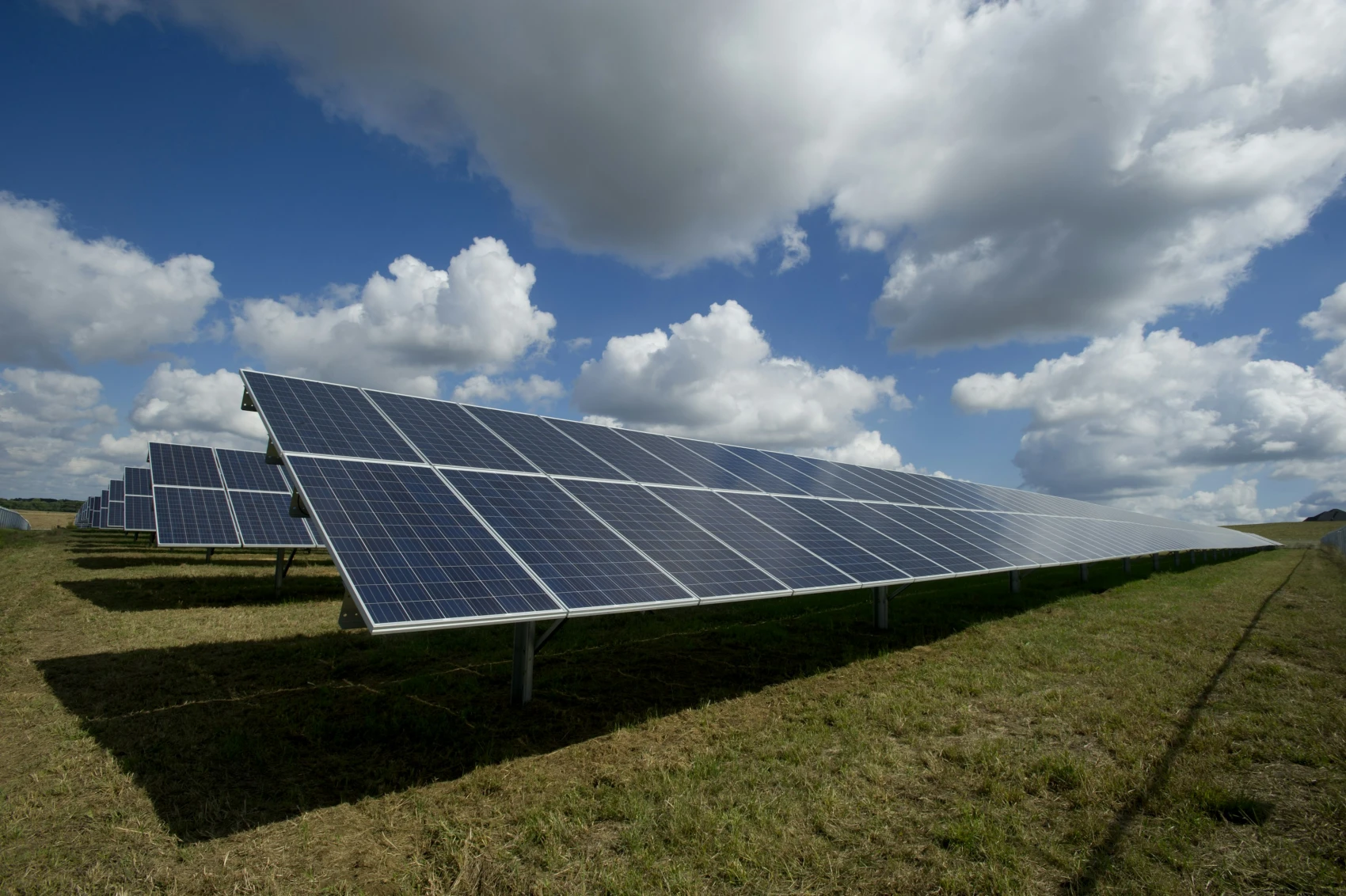Why Captive Solar Farms
Captive solar farms are becoming an essential strategy for industries looking to reduce their carbon emissions and enhance sustainability. These farms, which generate solar energy primarily for the use of a single entity or a group of companies, provide industries with a reliable, renewable energy source that can significantly reduce their carbon footprint. Here's why captive solar farms are important for industries aiming to cut down on carbon emissions:

Why Captive Solar Farms
Reducing Dependence on Fossil Fuels
Industries often rely heavily on fossil fuels such as coal, oil, and natural gas for their energy needs. This reliance results in the emission of significant quantities of greenhouse gases (GHGs), particularly carbon dioxide (CO₂), which contribute to climate change. By investing in captive solar farms, industries can shift from fossil fuel-based electricity to clean, renewable solar energy. Solar power generates zero emissions during operation, providing an effective way to cut down on carbon emissions over the long term.
Direct Contribution to Sustainability Goals
Many industries are under increasing pressure to meet environmental sustainability targets, whether from regulatory mandates, consumer expectations, or corporate responsibility initiatives. Captive solar farms allow companies to directly generate a portion, if not all, of their energy needs from solar power, contributing to measurable reductions in Scope 1 (direct) and Scope 2 (indirect) emissions. This proactive approach helps businesses meet or exceed their corporate social responsibility (CSR) and net-zero goals.
Cost-Efficient Energy with Long-Term Savings
While the initial investment in captive solar farms can be substantial, solar energy provides long-term cost savings. Once installed, solar farms have minimal operating costs and can provide consistent energy for decades. As energy prices from traditional sources rise and fluctuate, solar power offers stable, predictable energy costs. For industries, this means not only reducing carbon emissions but also improving cost efficiency and energy security.
Energy Independence and Security
Captive solar farms offer industries greater control over their energy supply, reducing dependence on grid electricity, which may still be heavily reliant on fossil fuels. This energy independence helps industries safeguard against energy price volatility and supply disruptions, ensuring a steady, renewable energy source. At the same time, this shift significantly reduces indirect carbon emissions associated with the generation of grid electricity, which in many regions is still carbon-intensive.
Enhancing Brand Image and Market Competitivenes
Consumers, investors, and stakeholders are increasingly choosing to support companies with strong sustainability credentials. By investing in captive solar farms, industries can demonstrate a clear commitment to environmental stewardship. A company's carbon reduction initiatives, such as installing a captive solar farm, can help enhance its brand image, attract eco-conscious customers, and improve market competitiveness. In certain industries, this can be a critical differentiator, positioning the company as a leader in green innovation.
Compliance with Environmental Regulations
Governments worldwide are implementing stricter regulations aimed at reducing industrial carbon emissions. In many regions, industries are required to meet specific emission reduction targets or face penalties. Captive solar farms enable industries to comply with these regulations by generating renewable energy onsite, which directly lowers their carbon emissions. This also helps industries avoid the rising costs associated with carbon taxes or penalties for exceeding emission limits.
Powering Energy-Intensive Processes
Industries such as manufacturing, mining, cement production, and chemical processing are energy-intensive and typically have large carbon footprints. Captive solar farms provide a sustainable energy solution that can be scaled to meet the high energy demands of these sectors. By using solar energy to power energy-intensive processes, companies can achieve significant reductions in their overall carbon emissions.
Supporting the Global Energy Transition
By embracing captive solar farms, industries contribute to the global transition toward a low-carbon economy. Solar farms help accelerate the shift away from fossil fuels and foster the growth of renewable energy infrastructure. This transition is crucial in the fight against climate change and aligns industries with global movements such as the Paris Agreement, which aims to limit global warming by reducing carbon emissions.
Leveraging Technological Advancements
The solar industry has seen rapid advancements in solar panel efficiency, energy storage technologies, and system integration, making captive solar farms more viable and cost-effective than ever. Industries can now deploy solar farms with advanced battery storage systems, enabling them to use stored solar power even during non-sunlight hours. This not only increases energy resilience but also maximizes carbon reduction potential by ensuring continuous reliance on renewable energy.
Circular Economy and Future-Proofing
Adopting captive solar farms helps industries future-proof their operations by transitioning to clean energy solutions that are less likely to face supply shortages or rising costs as fossil fuels become scarcer. By incorporating solar energy into their business models, industries align themselves with the principles of a circular economy, reducing waste, maximizing resource use, and contributing to environmental sustainability for the long term.